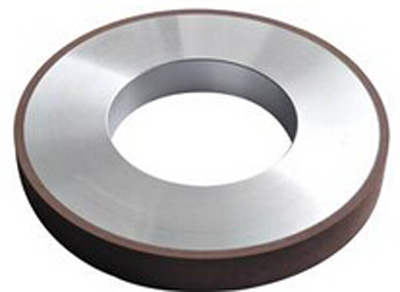
Selection principles of stainless steel grinding parameters include the velocity of grinding wheel, the velocity of workpieces, the depth of grinding and the selection of feed.

A, The velocity of grinding wheel: From the viewpoint of improving cutting performance of grinding wheel, we should choose higher velocity of grinding wheel when grinding stainless steel. But if the velocity of grinding wheel is too high, it will easily cause wheel blockage, grinding burns or lose cutting ability instead. Thus, when grinding stainless steel, we should be careful to choose suitable velocity of grinding wheel. Practice has proved that the speed of grinding stainless steel wheel should be no more than 25 m/s and that will be more appropriate.
B, The velocity of workpieces: The velocity of workpieces should change with the velocity of grinding wheel, whose basic principle is that if VS is low, VW should be also low; If VS is high, VW should be also be subsequently heightened, which can make the chip area basic remain unchanged. VS and VW will be proportional to change, which can reduce grinding scratches. In general, the velocity of workpieces and the velocity of grinding wheel should be optional within 1/60 ~ 1/100.
C, The depth of grinding: When grinding stainless steel or other materials with great toughness and high plasticity and the grinding depth being less than or equal to 0.01 mm, grinding wheel easily gets wheel blockage and appears the phenomenon such as burns and scratches. The reason is that sand has a certain radius, but when grinding depth is too small, the sand can not cut into the matrix, and has to leave scratches on the surface, which make grinding forces and grinding heat increased. And then the chips are easy to cause wheel blockage and surface scratches, reducing the cutting ability of grinding wheel. Generally, it usually takes 0.02 ~ 0.05 mm for coarse grinding, and 0.01 mm or so for fine grinding.
D, The selection of feed: The feed is generally calculated by width B of grinding wheel. If it is cylindrical grinding for stainless steel, the feed of coarse grinding can be (1/4 ~ 1/6) B, and the feed of fine grinding should be (1/8 ~ 1/10) B. If the grinding depth is larger, we can take smaller value of them and if the the grinding depth is small, we can take larger value. If the workpiece has good rigidity, the feed can be appropriately increased. When grinding slender workpieces and thin walled workpieces, we can use big feed and small grinding depth for grinding in order to prevent deformation. But when machining accuracy and surface roughness of workpieces are higher, the feed should be appropriately reduced.